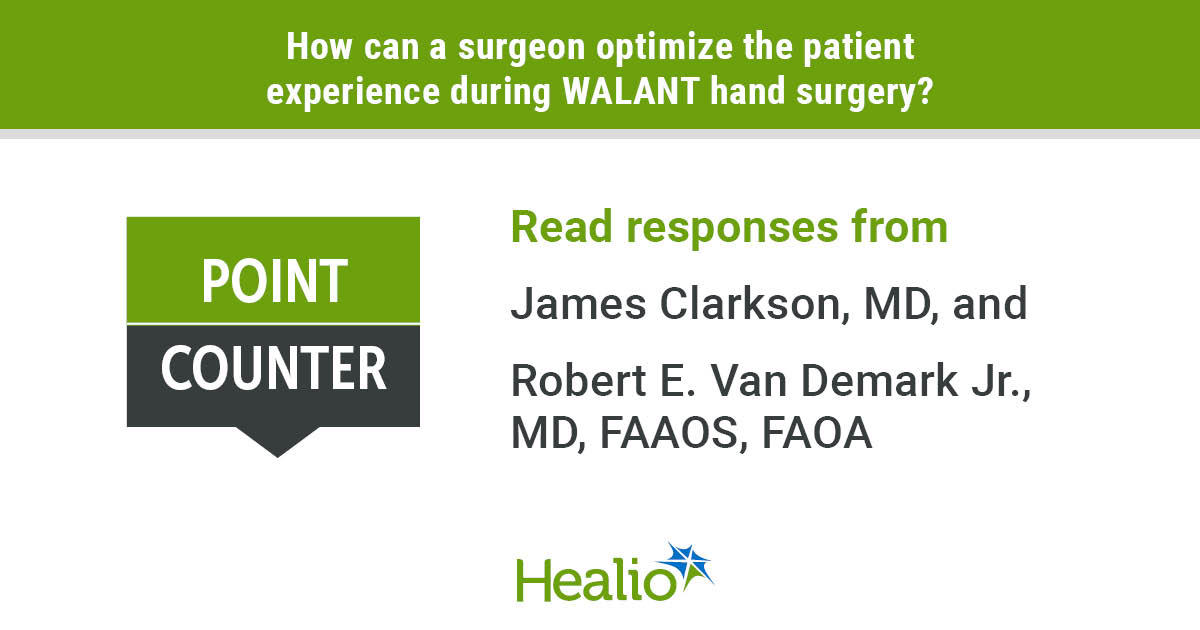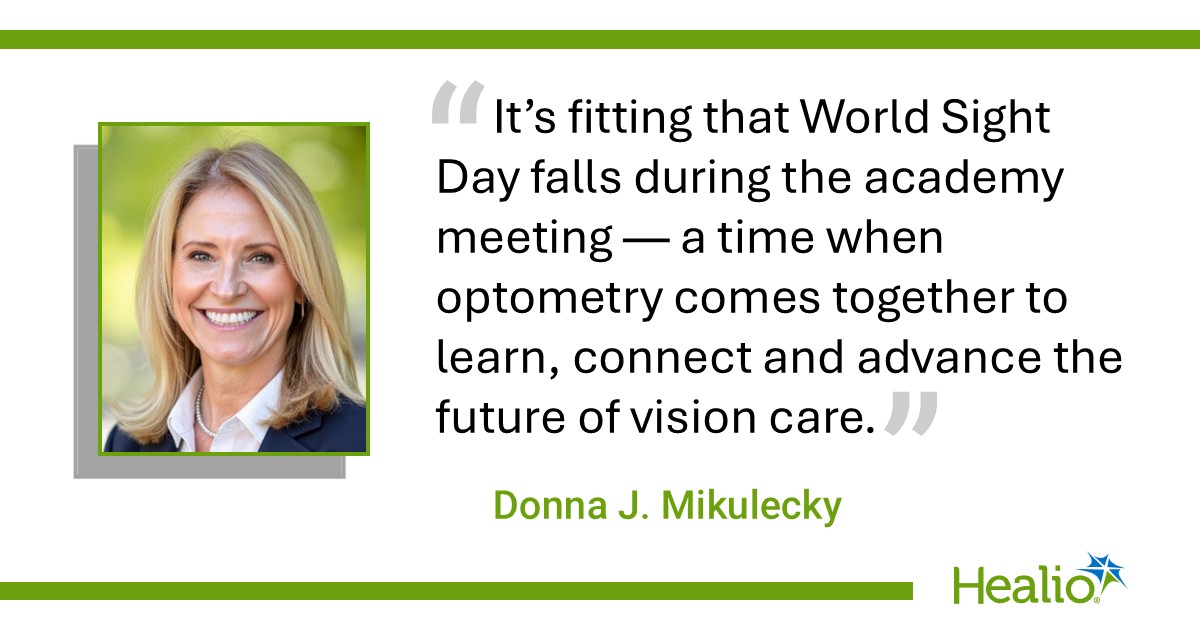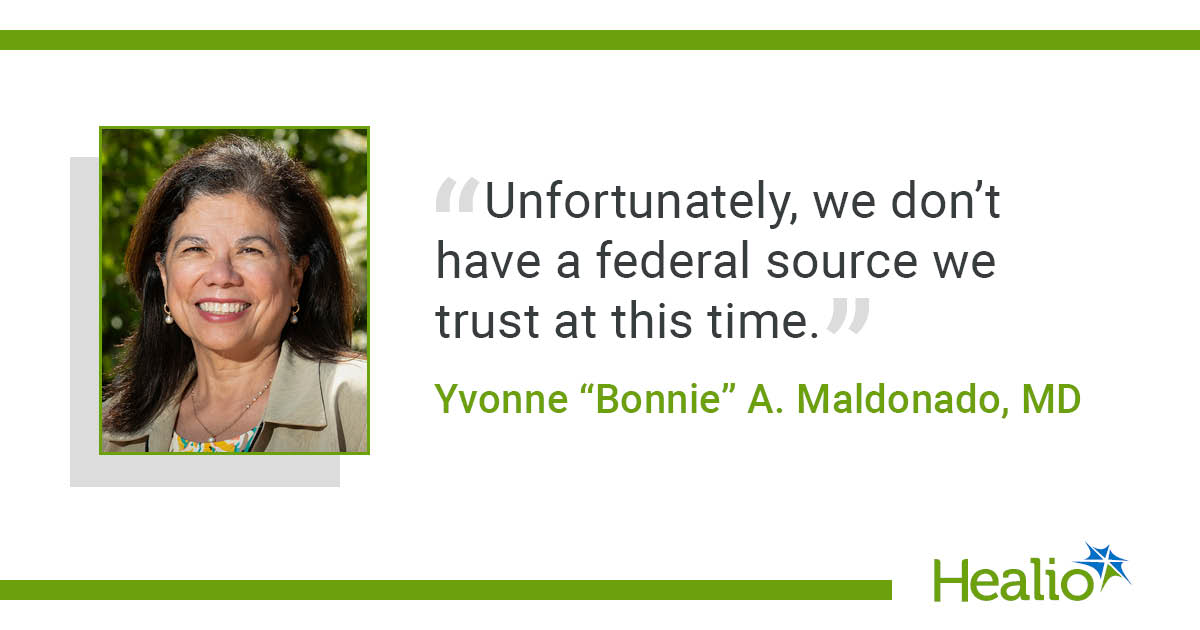October 09, 2025
4 min read
Click here to read the Cover Story, “WALANT enables surgeons ‘to do more with less’.”
Distraction through engagement
The patient experience has always been at the heart of surgical practice.

Before the advent of modern anesthesia in the late 19th century, the surgeon–patient relationship was an intensely personal one, grounded in trust and direct communication. In the 125 years since the rise of the OR and general anesthesia, some of this intimacy has been diluted. Now, as more hand surgeons transition procedures out of the main OR and back into the office setting under wide-awake local anesthetic no tourniquet (WALANT), we are rediscovering opportunities once considered obvious: To restore depth, engagement and shared ownership in the surgical journey.

James Clarkson
This rediscovery comes with both challenges and opportunities. A major opportunity lies in patient education. Awake surgery allows surgeons to narrate the procedure, explain pathology in real time and reinforce postoperative expectations. This transforms the patient from a passive recipient into an active partner. At the same time, the challenge of training residents on awake patients introduces a potential stress point, as the “learning curve” may not always be welcomed. The surgeon must now balance technical execution with moment-to-moment patient engagement — a responsibility anesthesia once buffered.
Technology offers solutions. In my practice, for those who choose (about 80%), I have developed Wide Awake VR (WAVR Inc.), an optional immersive tool that patients may use during surgery. Through the virtual reality (VR) headset, patients receive a clear explanation of their condition and treatment. Once underway, they are transported into richly distracting environments — flying over Victoria Falls, touring the International Space Station or strolling the halls of the White House — accompanied by uplifting soundtracks. Data collected across 1,000 patients through patient-reported outcome studies, quality improvement data and direct trials have consistently demonstrated reduced anxiety, decreased pain during injection and higher overall satisfaction. Those who use the headset are more likely to report enjoyment and less likely to report a negative experience.
The mechanism aligns with the Melzack and Wall Gate Control Theory of Pain yet works at a higher neurological level: VR may modulate the thalamus and amygdala through cortical feedback secondary to immersive imagery, reframing their emotional perception of pain or anxiety. Importantly, this is not about relaxation alone — it is about distraction through engagement. A mind filled with vivid experiences has little room left for fear or discomfort.
Far from replacing the doctor–patient relationship, VR enhances it. I often continue to converse with patients while they are immersed, weaving humor or reassurance into their journey. WALANT surgery thus becomes more than an operation: It is a collaborative experience that blends human connection, education and technology to elevate patient care. I believe we have only scratched the surface for the utility of immersive VR with local or regional blocks, and as our population ages, it will inevitably grow to fill the need to avoid central nervous anesthesia.
For more information:
James Clarkson, MD, is co-founder of Walant Surgical Solutions and chief medical officer and chair of the board at WAVR Inc. He can be contacted at jc@walantsurgical.com.
Active patient participation
WALANT surgery has changed hand surgery. With no need for a tourniquet and sedation, many hand cases can move out of the hospital ORs and can be done in the office. The advantages of WALANT include: no need for expensive preoperative evaluations and testing, patients can eat breakfast and continue their usual medications, and some of our patients will drive themselves to the office for surgery.

Robert E. Van Demark Jr.
In 2013, we visited Donald H. Lalonde, MD, BSc, MSc, FRCSC, and saw WALANT surgery in person. Since 2013, our group of five hand surgeons have done more than 6,000 WALANT cases in both hospital and in-office procedure rooms. In 2024, our group did more than 2,000 WALANT cases in the office procedure rooms.
Surgeons have three questions regarding WALANT surgery:
- Is it safe?
- Is it cost-effective?
- Do patients have a good experience?
Based on our experience, the answer to all three questions is yes. In our practice we have seen a low infection rate, significant cost savings and high patient satisfaction. In addition, WALANT is environmentally friendly.
Patient selection is crucial. Most of our patients elect to do WALANT in the office. If patients are concerned about “being awake” during surgery, they can have surgery in the hospital with monitored anesthesia care. For patients who are nervous about office surgery, we have offered them the use of a VR headset as described by James Clarkson, MD. We have found that patients love the VR technology.
Perhaps the biggest advantage of WALANT is that patients can actively participate in their surgery. We have followed Lalonde’s advice: Instead of talking about the weather or football games, you can use that time to talk to the patient. It is a great opportunity to talk about what has been done and to discuss the postoperative plan. Many of our patients love to see their median nerve or flexor tendons — many want a photo on their phone. One engaged patient wanted to watch her surgery. We gave her a mirror to watch her De Quervain’s release.
There is one drawback to WALANT: trainee education. In a recent article by Francine Zeng, MD, and colleagues, only 71% of residents rated their WALANT experience as “excellent or good.” The trainees expressed the need for greater exposure and patient education regarding their involvement in surgery.
In our experience, we have a preoperative discussion with the resident regarding their involvement in the procedure. We also include a post-procedure debriefing to discuss what went well and potential areas of improvement. I also talk to the patient about the resident being part of the surgical team and their potential involvement in the surgery. Of course, this varies from patient to patient and is dependent on patient preferences.
With the advent of value-based care, the use of WALANT will continue to increase. WALANT is safe and cost-effective, has high patient satisfaction, and is good for the environment.
For more information:
Robert E. Van Demark Jr., MD, FAAOS, FAOA, is clinical professor and section head of orthopedics at the University of South Dakota Sanford School of Medicine. He can be contacted at robert.vandemarkjr@sanfordhealth.org.










